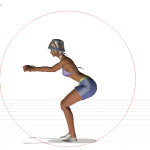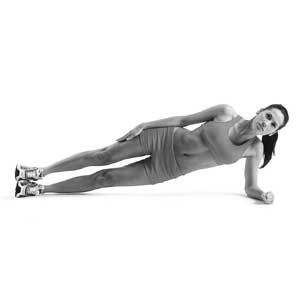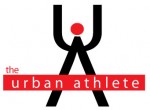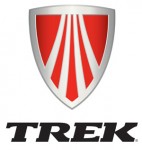Audience: Runners and therapists
Purpose: To summarize the biomechanics of running strike pattern and shod conditions
I feel like in the blogosphere and the popular running media that there is a love affair with all things barefoot. Barefoot running is associated with forefoot striking and there appears to be changes in the biomechanics associated with alteration in running form when compared with heel striking. However, the research gets presented as if it is very neat in tidy when in fact it is quite murky. This post is a work in progress. It attempts to summarize some of the work comparing barefoot running with shod running and the work that compares forefoot striking and rearfoot striking while running in shoes. I hope that I have conveyed that the results are quite conflicting. Hence, what a pain it was to try to summarize this work.
This post will be updated consistently. Please view it as a work in progress. (more…)





